Back to Courses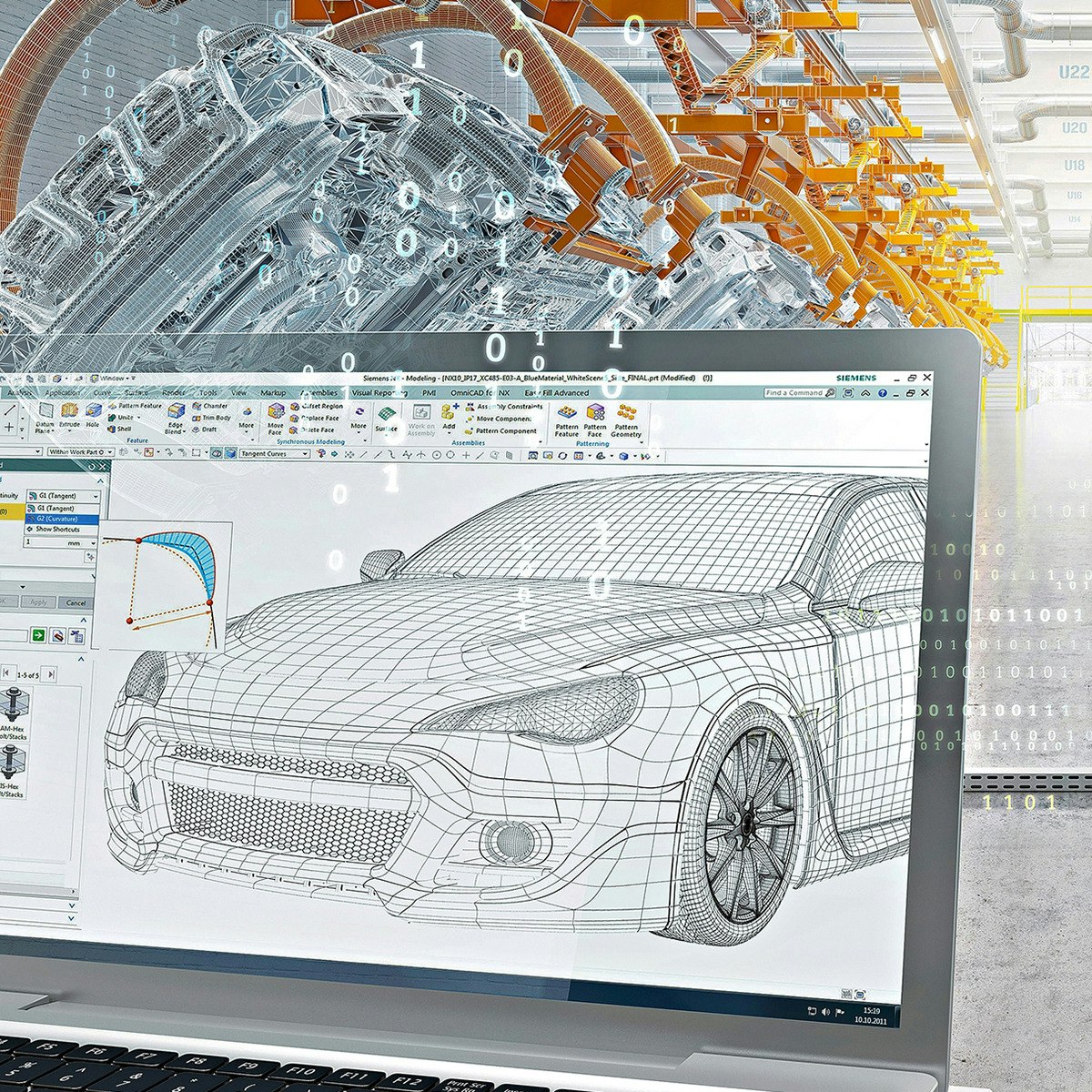
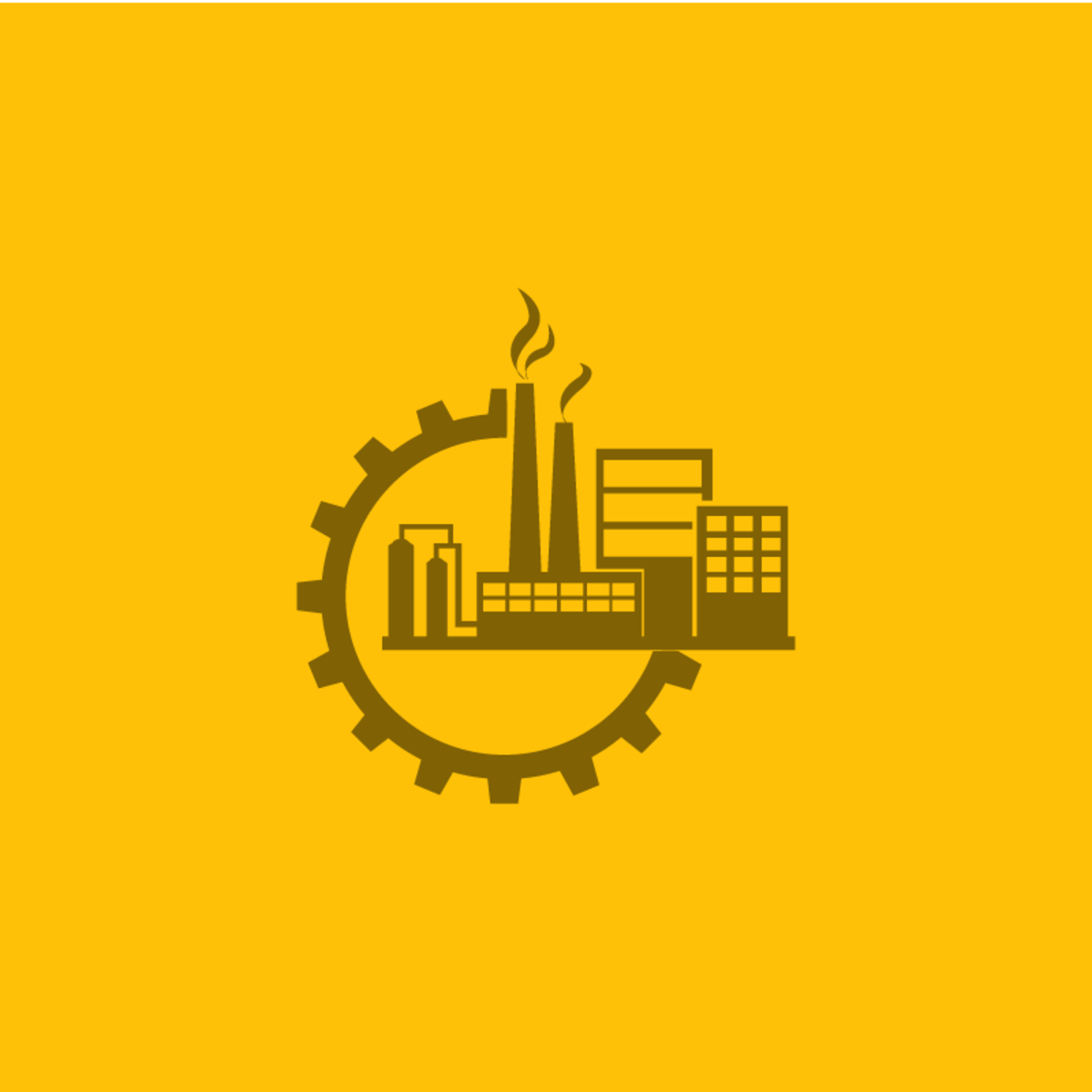

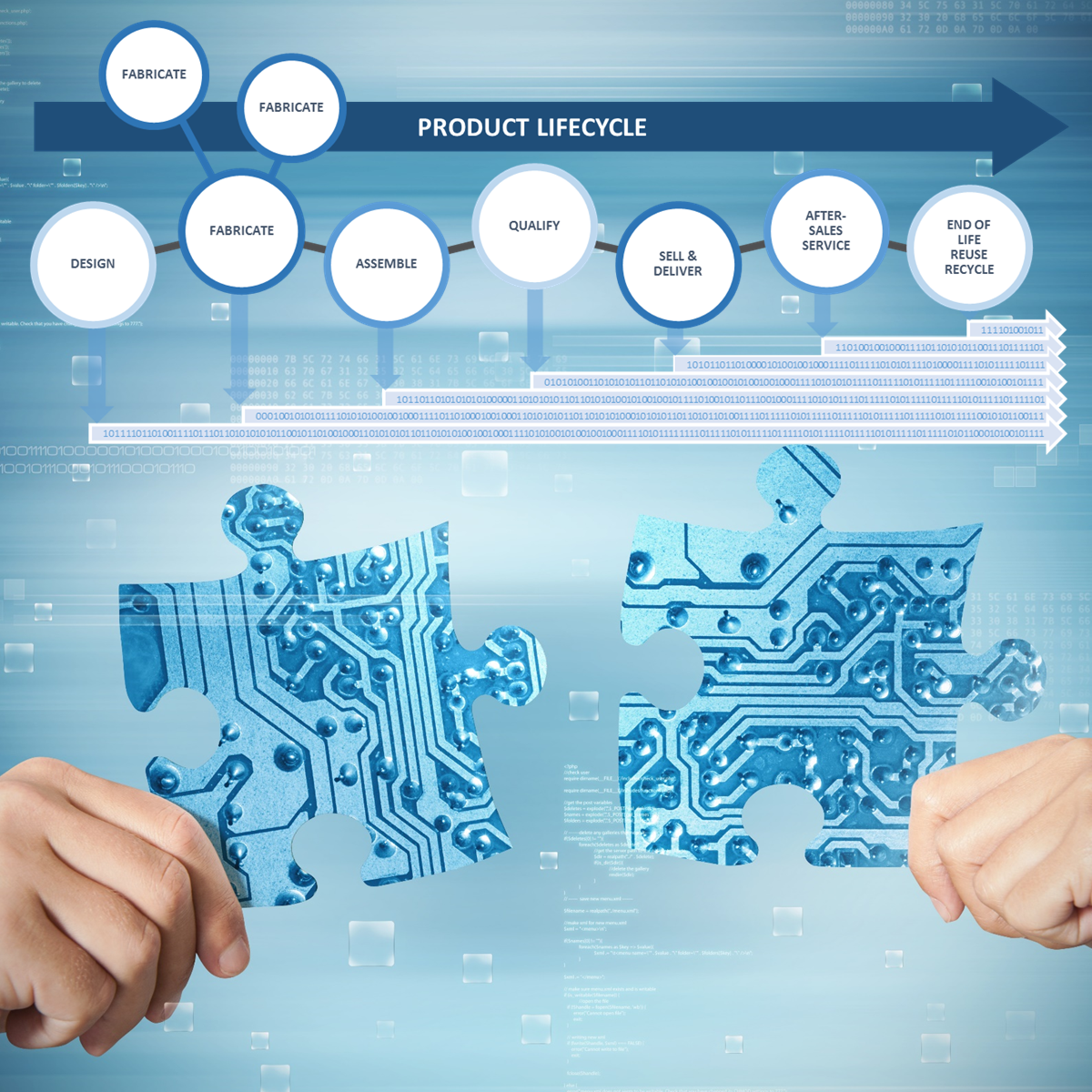
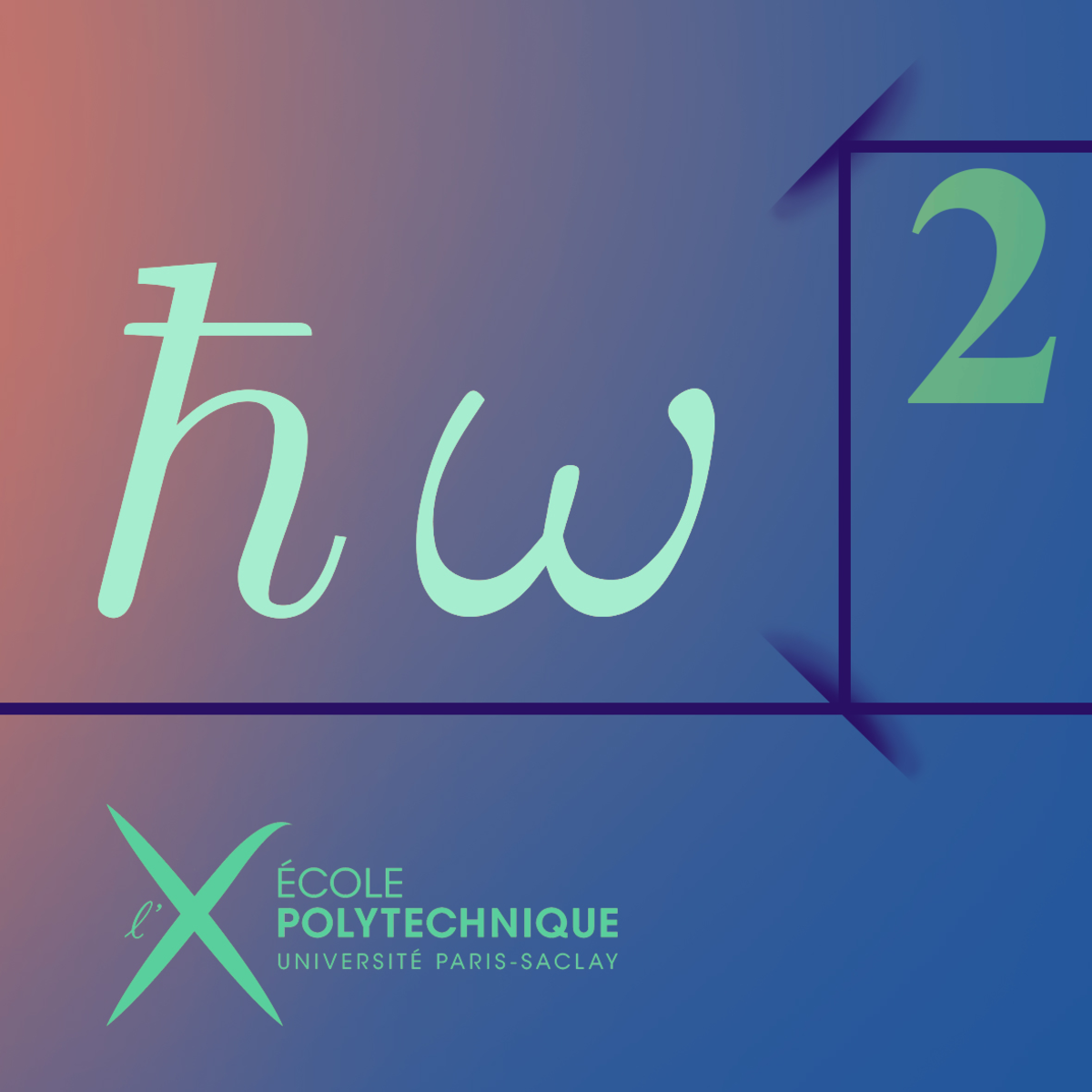



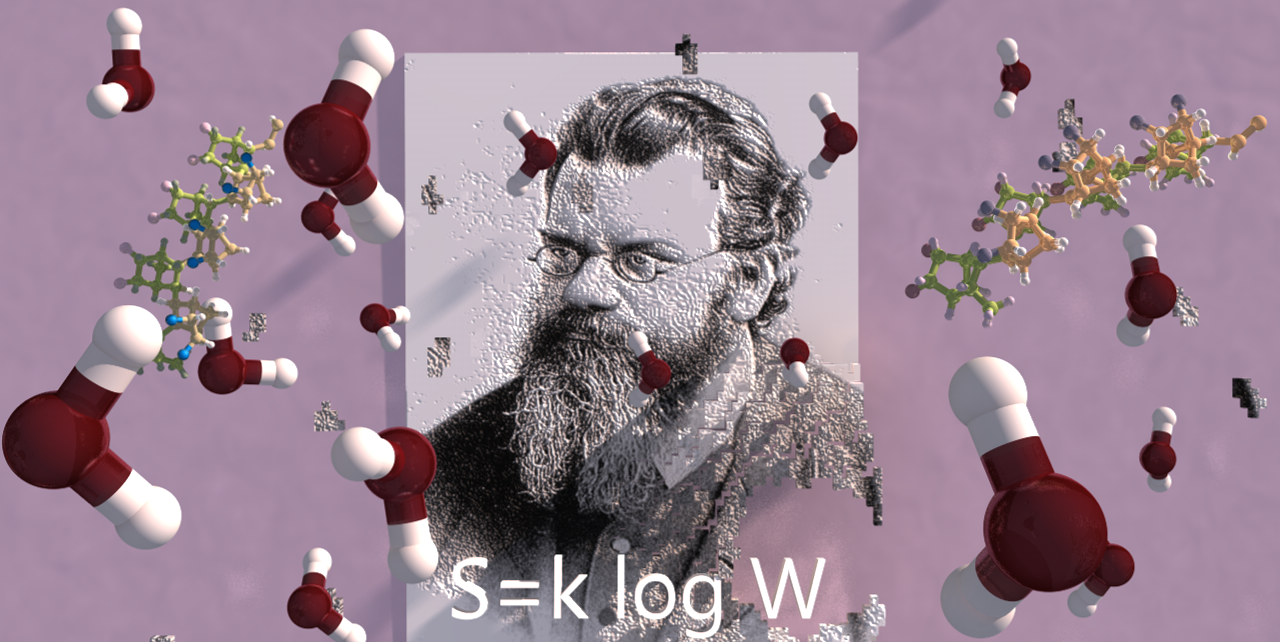
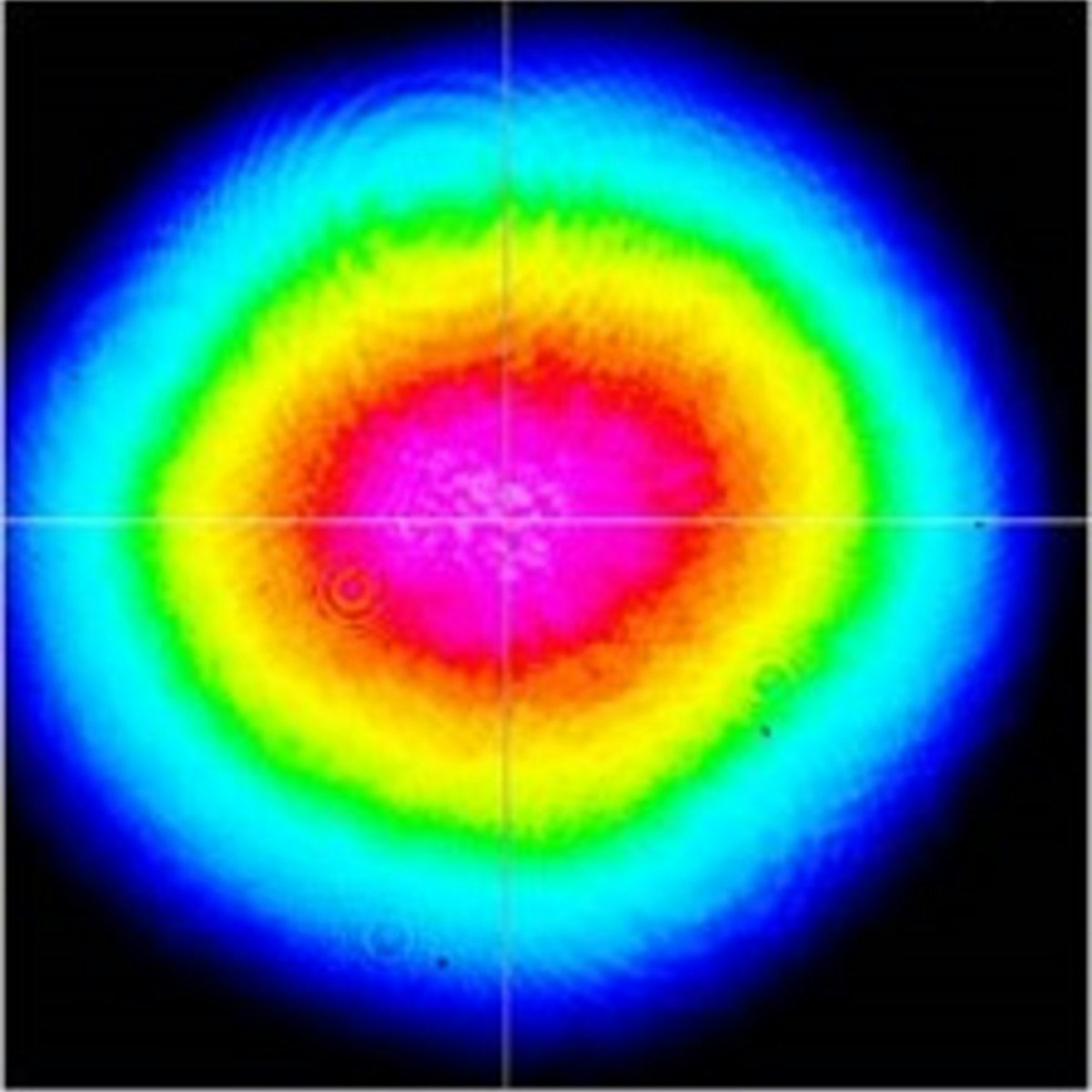
Physical Science And Engineering Courses - Page 22
Showing results 211-220 of 522

Digital Thread: Implementation
There are opportunities throughout the design process of any product to make significant changes, and ultimately impact the future of manufacturing, by embracing the digital thread. In this course, you will dig into the transformation taking place in how products are designed and manufactured throughout the world. It is the second of two courses that focuses on the "digital thread" – the stream that starts at the creation of a product concept and continues to accumulate information and data throughout the product life cycle.
Hear about the realities of implementing the digital thread, directly from someone responsible for making it happen at a company. Learn how the digital thread can fit into product development processes in an office, on a shop floor, and even across an enterprise. Be prepared to talk about the benefits, and limitations, of enacting it.
Main concepts of this course will be delivered through lectures, readings, discussions and various videos.
This is the third course in the Digital Manufacturing & Design Technology specialization that explores the many facets of manufacturing’s “Fourth Revolution,” aka Industry 4.0, and features a culminating project involving creation of a roadmap to achieve a self-established DMD-related professional goal. To learn more about the Digital Manufacturing and Design Technology specialization, please watch the overview video by copying and pasting the following link into your web browser: https://youtu.be/wETK1O9c-CA

Major Engineering Projects: Governance, Risk and Scope
Gain confidence when dealing with stakeholders of major projects by learning to identify and manage those that are involved in the project planning and delivery. This course will enable you to explore project governance in theory and practice.
Through real life examples you’ll understand how the critical challenges of the governance in major projects are resolved.
Being able to successfully manage risk and uncertainty in major projects is vital for their delivery. In this course you’ll learn to distinguish between risk and uncertainty and the role of risk register. You’ll identify the unique challenges of scope management in major projects and employ scope management tools and techniques that will facilitate your project planning.
This course explores concepts analysed in the University’s Online MSc in Engineering Management. If you are interested to develop your skills further, take a look at our online degree.

Journey of the Universe: The Unfolding of Life
Journey of the Universe weaves together the discoveries of the evolutionary sciences together with humanities such as history, philosophy, art, and religion. The course draws on the Emmy-award winning film, Journey of the Universe, and the book from Yale University Press.
Journey explores cosmic evolution as a creative process based on connection, interdependence, and emergence. It examines a range of dynamic interactions in the unfolding of galaxies, Earth, life, and human communities. It investigates ways in which we understand evolutionary processes and the implications for humans and our ecological future.
The Journey course, thus, is based on a new integration that is emerging from the dialogue of the sciences and humanities. Journey tells the story of evolution as an epic narrative, rather than as a series of facts separated by scientific disciplines. This changes our perception so that we begin to see ourselves as an integral part of this narrative. By situating ourselves within this story we can better appreciate the complexity and beauty of processes such as self-organizing dynamics, natural selection, emergence, symbiosis, and co-evolution. As we discover these intricate processes of evolution, we awaken to the beauty and complexity of our natural environment at this critical juncture in our planetary history.

Digital Thread: Components
This course will help you recognize how the "digital thread" is the backbone of the digital manufacturing and design (DM&D) transformation, turning manufacturing processes from paper-based to digital-based. You will have a working understanding of the digital thread – the stream that starts at product concept and continues to accumulate information and data throughout the product’s life cycle – and identify opportunities to leverage it.
Gain an understanding of how "the right information, in the right place, at the right time" should flow. This is one of the keys to unlocking the potential of a digital design process. Acknowledging this will enable you to be more involved in a product’s development cycle, and to help a company become more flexible.
Main concepts of this course will be delivered through lectures, readings, discussions and various videos.
This is the second course in the Digital Manufacturing & Design Technology specialization that explores the many facets of manufacturing’s “Fourth Revolution,” aka Industry 4.0, and features a culminating project involving creation of a roadmap to achieve a self-established DMD-related professional goal. To learn more about the Digital Manufacturing and Design Technology specialization, please watch the overview video by copying and pasting the following link into your web browser: https://youtu.be/wETK1O9c-CA

Quantum Optics 2 - Two photons and more
"Quantum Optics 1, Single photons", allowed learners to be introduced to the basic principles of light quantization, and to the standard formalism of Quantum Optics. All the examples were taken in single photons phenomena, including applications to quantum technologies.
In the same spirit, "Quantum Optics 2, Two photons and more", will allow learners to use the Quantum Optics formalism to describe entangled photon, a unique feature at the root of the second quantum revolution and its applications to quantum technologies. Learners will also discover how the Quantum Optics formalism allows one to describe classical light, either coherent such as laser light, or incoherent such as thermal radiation. Using a many photons description, it is possible to derive the so-called Standard Quantum Limit (SQL), which applies to classical light, and to understand how new kinds of quantum states of light, such as squeezed states of light, allow one to beat the SQL, one of the achievements of quantum metrology. Several examples of Quantum Technologies based on entangled photons will be presented, firstly in quantum communication, in particular Quantum Teleportation and Quantum Cryptography. Quantum Computing and Quantum Simulation will also be presented, including some insights into the recently proposed Noisy Intermediate Scale Quantum (NISQ) computing, which raises a serious hope to demonstrate, in a near future, the actively searched quantum advantage, ie, the possibility to effect calculations exponentially faster than with classical computers.

Product Development using AutoCAD
By the end of this 1-hour long project-based course, you will be able to design and draw 2D products customized to fit your needs using AutoCAD Design. Throughout the project, you will be equipped with the fundamentals of AutoCAD design, you will be able to draw lines and basic shapes . Afterwards, you will learn how to modify those shapes according to your product drawings.
At the end, you will apply all this to create a 2D spinner drawing. Learning AutoCAD and being professional at it allows you to design a wide range of products, opens up freelancing opportunities for product design and lastly an asset that can be added for your design skills set.
Note: This course works best for learners who are based in the North America region. We’re currently working on providing the same experience in other regions.

21st Century Energy Transition: how do we make it work?
Affordable, abundant and reliable energy is fundamental to human well-being and prosperity. For the past 150 years, more and more people have gained access to energy, primarily in the form of fossil fuels – coal, petroleum and natural gas. But now, even while half of humanity cannot access adequate energy supplies, we are beginning a profound transition to more diverse energy sources. Climate change, environmental sustainability, and energy poverty are all important – and sometimes conflicting – drivers as we strive to supply more energy to more people with fewer negative impacts on Earth’s environments.
In this course from the University of Alberta and Canadian Society for Evolving Energy, you will join us to learn about the many energy sources available, and where technology is providing exciting new solutions to energy and environmental challenges. Find out what roles energy storage must play to support the transition, and discuss how we can optimize transition processes. Examine competing viewpoints (“realities”) to enable energy transition, focusing on the practical challenges in bringing about change on a global basis. Finally, you will bring all these issues together to examine how the energy transition process is progressing and what we must do to create pathways to achieve our goals.

Ideal Gases
Course 3 of Statistical Thermodynamics, Ideal Gases, explores the behavior of systems when intermolecular forces are not important. This done by evaluating the appropriate partition functions for translational, rotational, vibrational and/or electronic motion. We start with pure ideal gases including monatomic, diatomic and polyatomic species. We then discuss both non-reacting and reacting ideal gas mixtures as both have many industrial applications. Computational methods for calculating equilibrium properties are introduced. We also discuss practical sources of ideal gas properties. Interestingly, in addition to normal low density gases, photons and electrons in metals can be described as though they are ideal gases and so we discuss them.

Statistical Thermodynamics: Molecules to Machines
Modern engineering research focuses on designing new materials and processes at the molecular level. Statistical thermodynamics provides the formalism for understanding how molecular interactions lead to the observed collective behavior at the macroscale.
This course will develop a molecular-level understanding of key thermodynamic quantities like heat, work, free energy and entropy. These concepts will be applied in understanding several important engineering and biological applications.

Light Emitting Diodes and Semiconductor Lasers
This course can also be taken for academic credit as ECEA 5605, part of CU Boulder’s Master of Science in Electrical Engineering degree.
LEDs and Semiconductor Lasers Course Introduction
You will learn about semiconductor light emitting diodes (LEDs) and lasers, and the important rules for their analysis, planning, design, and implementation. You will also apply your knowledge through challenging homework problem sets to cement your understanding of the material and prepare you to apply in your career.
Course Learning Outcomes
At the end of this course you will be able to…
(1) Design a semiconductor light emitting diode and analyze efficiency
(2) Design a semiconductor laser
(3) Choose suitable semiconductor materials for light emitting devices
Popular Internships and Jobs by Categories
Find Jobs & Internships
Browse
© 2024 BoostGrad | All rights reserved